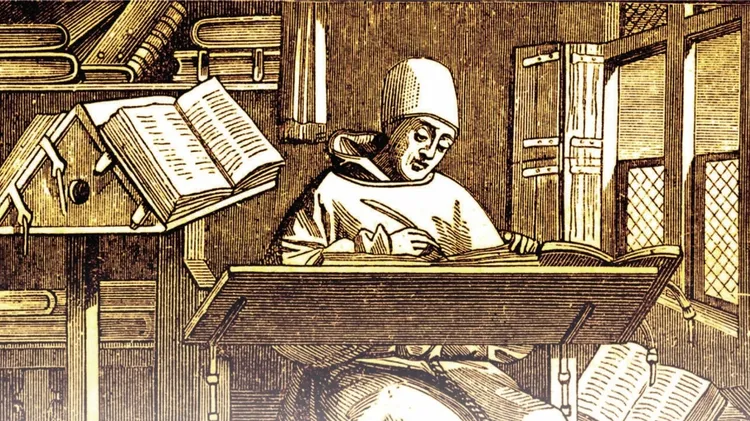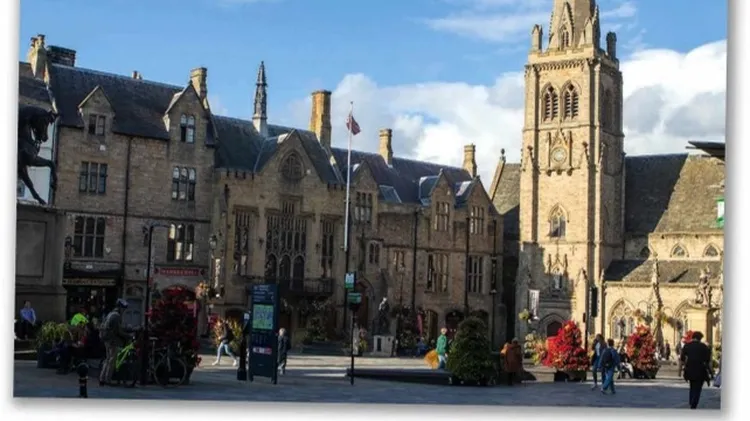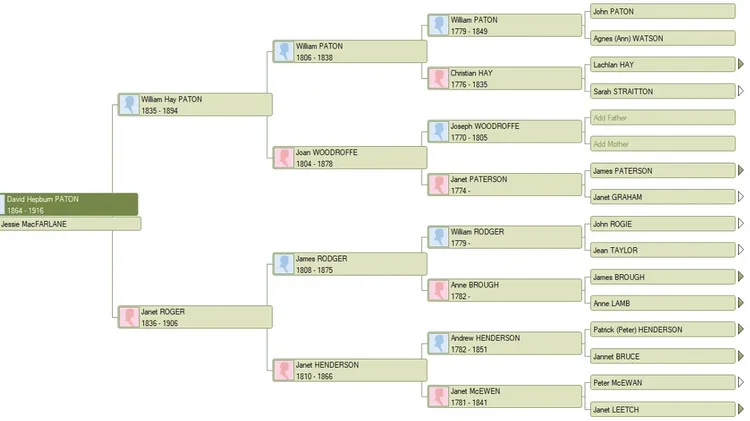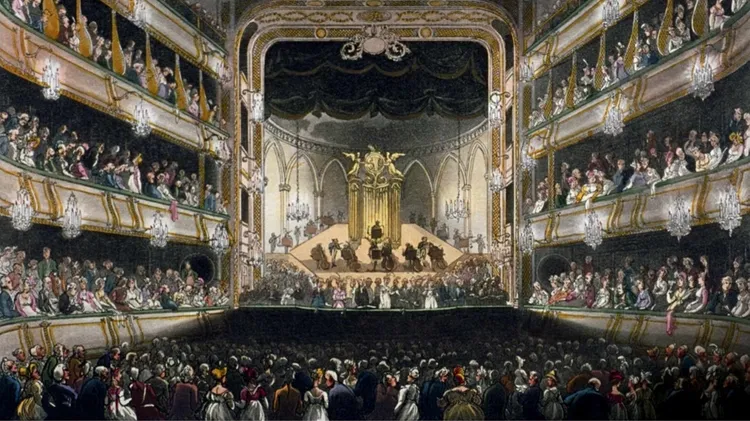Jonathan Scott shares the essential online resources for research i
Medieval de l genealogyo y
5 min read
This article is from...
Read this article and 8000+ more magazines and newspapers on Readly






